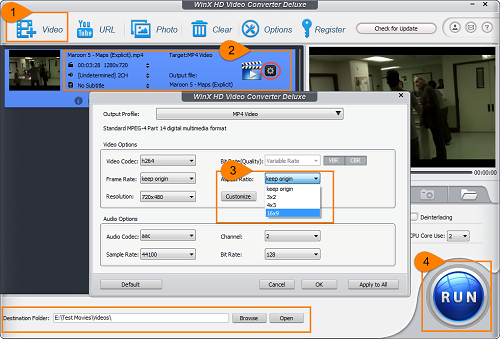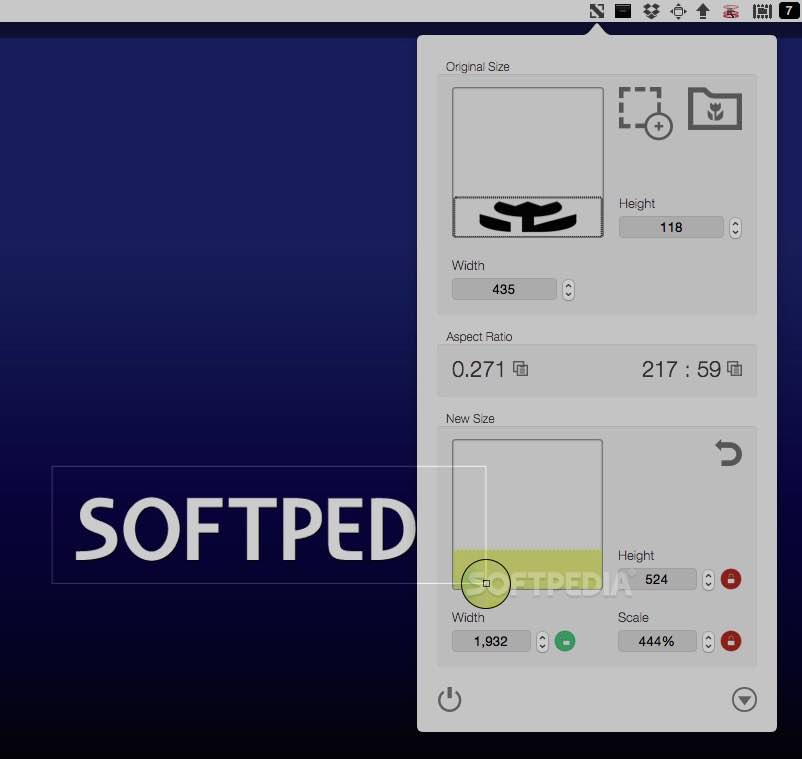
Though aspect ratios are length and height dimensions, they frequently are lowered to the lowest acceptable ratio to suit correctly in all media. The PCB aspect ratios calculator is usually specified by statistics, as in a mathematical ratio that determines how many measures high your film, picture, and graphic projects should be and how many acres broadly they should be. PCB via aspect ratio calculation is essential depending on whether you’re working with a picture, a creative venture, or a multimedia movie. Request High ASPECT RATIO PCB Quote Now Calculations of the aspect ratio in PCB: PCB ASPECT RATIO The IPC describes a microvial as a hole with an aspect ratio of 1:1, as provided as the hole is 0.010 inch or 0.25 mm in thickness. However, this size became widespread throughout time, and IPC chose to alter its concept to prevent its standards from constantly being updated as technology evolved. IPC is used for defining a microvial depends on its size equivalent to or less than 0.006 inches (0.15 mm). However, if the hole covers two of these layers, placing is considerably more straightforward. Placing tiny holes may be challenging, and putting a small hole on a circuit board of 10 layers might create many difficulties for a PCB manufacturer. The aspect ratio of microvial is quite different because of its length and scale. For the typically drilled holes, the aspect ratios should generally not be more than 10:1, which would make it possible for a 0.062-inch panel to have a 0.006 inch (0.15 mm) each stir. This PCB aspect ratio is often used as a reference to ensure that while drilling troughs, the manufacturer does not violate his device’s capacity. For example, for a typical circuit board, the aspect ratio of 0.062 inches with a thru-hole of 0.020-inch would be 3 to 1. Up next: Use slicers, timelines, and PivotCharts to analyze your PivotTable data.The PCB aspect ratio of a through is the proportion of the hole depth to the hole diameter (hole depth to hole diameter).

Pick an option (such as % of Grand Total), and you can see that Arts & Photography represents a little over 10% of Sales and how each store contributes to that figure.įor more information about calculations in PivotTables, see the link in the course summary.

In addition to summarizing the Sales figures, you can show them as a calculation.įor example, right-click a cell in the Grand Total column, point to Show Values As (there are a lot of options, such as % of Row Total and % of Column Total). You can see that the average Arts & Photography Sales is $1400. Until now, the values in the PivotTable have been displayed as the sum of the Sales Amount field, but you can use other functions.įor example, right-click a cell in the Grand Total column, point to Summarize Values By (there are a lot of options, such as Min and Max), click an option (such as Average), and now the values in the PivotTable are summarized as averages. To show only the three genres with the highest Grand Totals, right-click a Genre, point to Filter, click Top 10- I know, clicking Top 10 to see the Top 3 doesn't seem to make sense, but look.Ĭhange 10 to 3, click OK, and the top three genres are displayed. Right-click them (Genres in this example), point to Filter, click Keep Only Selected Items, and only the selected Genres are displayed. These can be text or dates under Row Labels. To view only the items in your PivotTable that you want, you can select the cells that contain the items. Slicers are one of the best ways to filter your PivotTable data.įor information about using slicers, see the 4th video in this course- Use slicers, timelines, and PivotCharts to analyze your PivotTable data. To remove the filter, click the down arrow again, it now looks like a funnel because a filter is applied. And only genres of books that start with "c" are displayed. Type your criteria, such as the letter c, and click OK. Since we clicked the down-arrow for a label, point to Label Filters.Ĭlick an option, such as Begins With.

It helps you focus on the data you want to analyze.Ĭlick the down-arrow next to Row Labels. On the Quick Access Toolbar, click Undo, to undo the sort. Right-click a value, such as the Grand Total for the Arts & Photography genre, point to Sort, click Sort Largest to Smallest, and the Genres are sorted from the largest to smallest Grand Total Sales amounts. One of the most common ways is sorting, it helps you quickly see trends in your data. You can analyze PivotTable data in many ways.


 0 kommentar(er)
0 kommentar(er)
